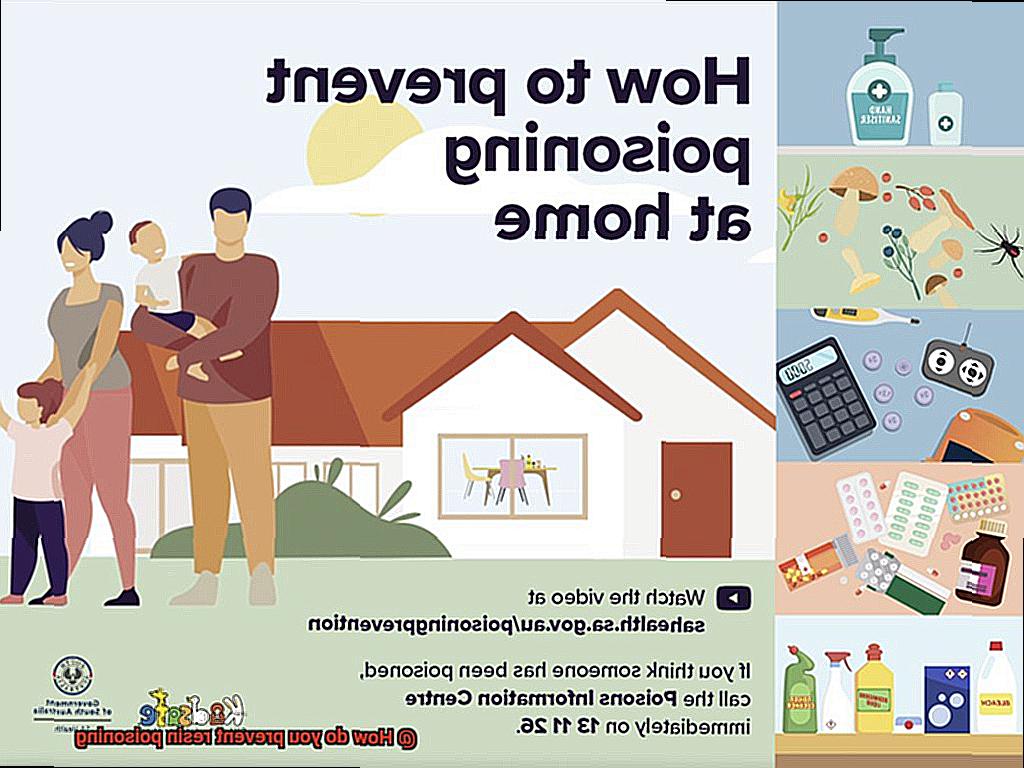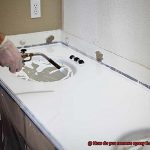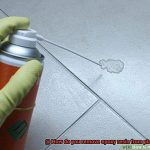Resin art is a fantastic way to unleash your creativity and produce mesmerizing pieces of art that can add a touch of elegance to any room. But, as with any creative pursuit, there are potential risks associated with working with resins. One such risk is resin poisoning.
The last thing you want when creating beautiful artwork is to put yourself in harm’s way. Resin poisoning can cause skin irritation, headaches, nausea, respiratory problems, and other harmful effects if you don’t take proper safety precautions.
Thankfully, there are simple steps you can take to prevent resin poisoning and ensure that your resin art projects remain safe and enjoyable. Wearing quality protective gear like gloves, goggles, and a respirator is essential. Additionally, it’s crucial to work in a well-ventilated area so that you don’t inhale toxic fumes that could lead to respiratory distress.
In this blog post, we’ll provide practical tips for preventing resin poisoning. We’ll explore how to identify potential dangers and how to protect yourself from them. So let’s dive in and learn how you can keep yourself safe while working on your next resin art project.
What is Resin Poisoning?
Contents
Resin poisoning is a serious health risk that occurs when individuals inhale or ingest toxic chemicals found in various types of resins. These substances are commonly used as adhesives, coatings, and sealants in a range of industries, such as woodworking, construction, and automotive repair. However, if not handled properly, exposure to resin chemicals can cause respiratory problems, skin irritation, headaches, and even organ damage.
The symptoms of resin poisoning can vary from mild to severe. Mild symptoms include difficulty breathing, coughing, chest pain, skin rashes, and dizziness. In severe cases, individuals may experience nausea, vomiting, and loss of consciousness. Therefore, if you suspect exposure to these harmful chemicals and experience any of these symptoms, it is crucial to seek medical attention immediately.
Preventing resin poisoning requires proper handling and storage of the resin products. Personal protective equipment (PPE), such as gloves made of nitrile or neoprene materials, goggles that fit snugly around the eyes, and respirator masks chosen based on the type of resin being used are essential for protecting against chemical exposure. It is also crucial to work in a well-ventilated area to minimize exposure to harmful fumes or dust particles.
Educating oneself on the risks associated with certain types of resins and their potential health effects is also necessary. Reading product labels and safety data sheets (SDS) provide important information about the hazards associated with a particular product, as well as recommended PPE and emergency procedures in case of accidental exposure.
In addition to these preventative measures, proper disposal of resin products is critical in preventing environmental contamination and potential harm to human health. Resins should be disposed of in accordance with local regulations and guidelines provided by the manufacturer.
Symptoms of Resin Poisoning
Resin poisoning can occur when an individual is exposed to the toxic chemicals found in resins. Symptoms may vary in severity, and it’s important to recognize them to seek medical attention promptly.
Some common symptoms of resin poisoning include:
- Headaches: A dull or throbbing pain that can occur soon after exposure.
- Dizziness: Feeling lightheaded or off-balance.
- Nausea: Feeling sick to your stomach.
- Vomiting: Throwing up can occur in more severe cases.
- Skin irritation: Direct contact with resin can cause redness, itching, or a rash.
- Difficulty breathing: This is a more serious symptom and requires immediate medical attention.
- Chest pain: Another serious symptom that should not be ignored.
- Unconsciousness: In extreme cases, exposure to resin can lead to loss of consciousness.
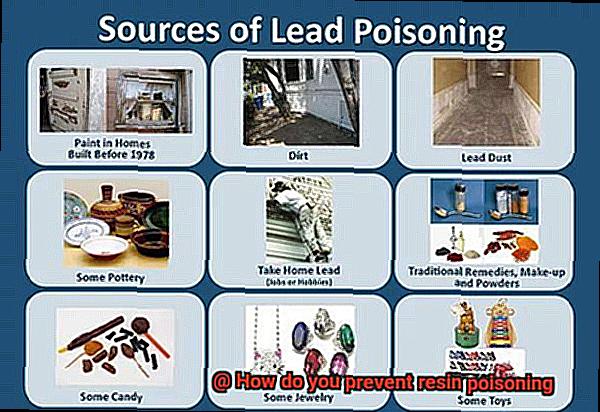
It’s crucial to note that symptoms may not manifest immediately after exposure to resin. It can take several hours or even days for an individual to realize they have been poisoned. This delayed reaction can make it difficult to pinpoint the cause of a person’s illness, especially if they work with resin regularly.
The severity of symptoms depends on the level and duration of exposure to resin. For instance, someone who works with resin daily is more likely to experience severe symptoms than someone who has only been exposed once.
If you suspect that you have been exposed to resin and are experiencing any of the above symptoms, it is crucial that you seek medical attention immediately. Delaying treatment can lead to more severe health complications.
Preventative measures can be taken to reduce the risk of resin poisoning. These include wearing personal protective equipment (PPE), working in a well-ventilated area, reading product labels and safety data sheets (SDS), and disposing of resin products properly. Remember, prevention is always better than cure.
Personal Protective Equipment (PPE)
Before you dive in, it’s crucial to understand the importance of Personal Protective Equipment (PPE). Resin can release harmful vapors and particles that can cause respiratory issues, skin irritation, and other health problems. So, to safeguard yourself from potential exposure, always wear the appropriate PPE.
The first piece of PPE you need when working with resin is a respirator. This device filters out harmful particles and vapors from the air. Depending on the type of resin you’re using and the level of exposure, you’ll need to choose either a half-face or full-face respirator. Remember, selecting the right respirator is crucial for your safety.
Along with a respirator, gloves are another critical PPE item that you should wear when working with resin. Gloves protect your skin from direct contact with the resin, which can cause skin irritation and allergic reactions. Nitrile gloves are recommended for use with resin as they provide better protection than latex gloves.
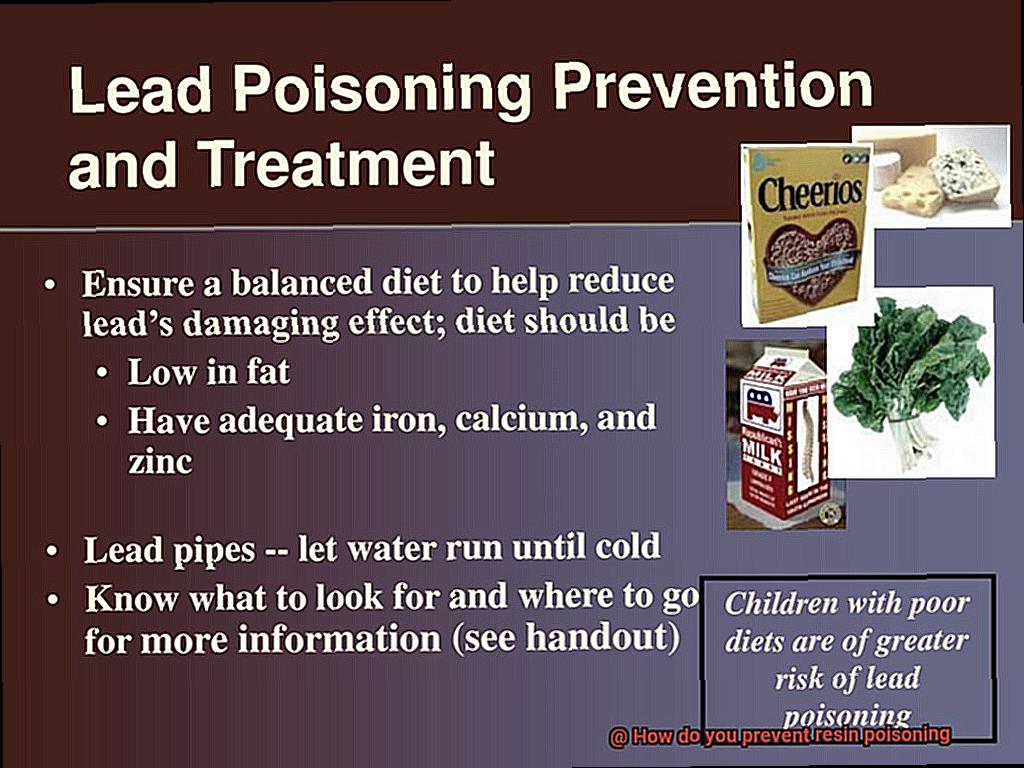
Protective eyewear is also an essential PPE item that should not be overlooked when working with resin. Goggles or safety glasses protect your eyes from splatters or accidental contact with the resin. Ensure to choose eyewear that fits properly and provides adequate coverage to prevent any gaps where resin particles or vapors could enter.
Lastly, wearing protective clothing such as a lab coat or apron is highly recommended when working with resin. This helps to prevent any direct contact with the skin and prevents clothing from becoming contaminated with resin particles.
Adequate Ventilation
In this post, we’ll delve into how to achieve adequate ventilation when working with resin.
Ventilation is critical because resins emit fumes during the curing process that can be toxic if inhaled in large quantities. Adequate ventilation helps to remove these fumes from the air and keep your workspace safe. So, how do you ensure adequate ventilation?
Work in a well-ventilated area
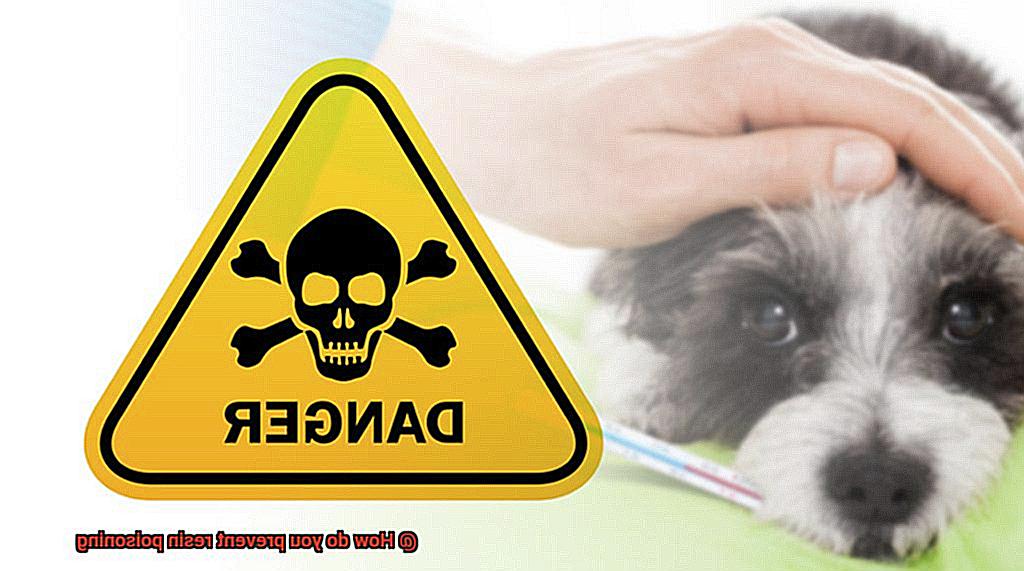
One way to ensure adequate ventilation is to work in an area with good air flow, such as outdoors or in a room with windows that can be opened. This allows fresh air to enter the space and push out any fumes. If you don’t have access to an outdoor area or a room with windows, consider using a fan to help circulate the air.
Use a ventilation system
Another option is to use a ventilation system, such as an exhaust fan or air purifier. These devices effectively remove fumes from the air and keep your workspace safe. However, it’s important to ensure that any ventilation system used is appropriate for the size of your workspace and the amount of resin being used.
Wear appropriate PPE
Besides having adequate ventilation, it’s crucial to wear suitable personal protective equipment (PPE) when working with resin. This includes gloves, eye protection, and a respirator mask. PPE helps prevent direct contact with resin and inhalation of fumes.
By combining these three strategies – working in a well-ventilated area, using a ventilation system, and wearing appropriate PPE – you can safely work with resin without putting your health at risk.
Proper Handling of Resins
Resins are widely used in various industries, such as construction, woodworking, and automotive repair, as adhesives, coatings, and composites. These products come in different forms – liquid, powder or solid – but all can pose a significant risk to human health if not handled correctly.
The first step in proper handling of resins is to carefully read and understand the manufacturer’s instructions and safety data sheets (SDS). These documents provide essential information about the product’s hazards, first aid measures, handling and storage instructions, and disposal methods. You should follow these instructions to the letter to avoid accidents or injuries.
When working with resins, personal protective equipment (PPE) is essential. Protective gloves, goggles, respirators, and clothing should be worn throughout the mixing, application, and curing process to prevent skin contact, inhalation of fumes, and eye irritation. Investing in high-quality PPE can keep you safe from harm.
Resins should be mixed in a well-ventilated area to prevent inhalation of toxic fumes. The mixing area should be equipped with an exhaust system or fans to remove any vapors. It is also crucial to use the correct mixing ratio and temperature as specified by the manufacturer. Overheating or under-mixing can lead to improper curing and release toxic fumes.
Once you have finished applying the resin, it’s important to dispose of any leftover product properly. Follow the manufacturer’s instructions to ensure safe disposal as resins should not be poured down the drain or thrown in the trash as they can contaminate the environment.
Education on the Risks Associated with Certain Types of Resins
Resins are an essential component in various industries due to their adhesive, coating, and sealant properties. However, some types of resins can be hazardous if not handled properly, leading to resin poisoning. To prevent resin poisoning, it is crucial to educate workers and individuals on the risks associated with certain types of resins.
Personal Protective Equipment (PPE)
Wearing the appropriate Personal Protective Equipment (PPE) is one of the most effective ways to prevent resin poisoning. Nitrile or neoprene gloves provide superior protection against chemical exposure than latex gloves. Goggles should fit snugly around the eyes and provide adequate coverage without obstructing vision. Respirator masks should be selected based on the type of resin being used and its associated hazards.
Proper Ventilation
Working in a well-ventilated area can significantly reduce the risk of inhaling harmful fumes or dust particles. This can be achieved by opening windows or doors, using exhaust fans or air purifiers, or working outdoors if possible. Proper ventilation is especially important when working with resins that release toxic fumes such as polyester resin.
Handling Resins with Care
It is crucial to handle resins carefully and according to their specific instructions to prevent exposure to harmful chemicals. This may include wearing gloves or using a specific type of brush or tool for application. Mixing resins should be done in a well-ventilated area and with the appropriate PPE. Always follow the manufacturer’s instructions for use and disposal of the resin product.
Education on Risks Associated with Certain Types of Resins
Education on the risks associated with certain types of resins is vital in preventing resin poisoning. It is essential to understand the specific chemicals found in resins and their potential health effects. This can be done by reading product labels and Safety Data Sheets (SDS). SDS provides important information about the hazards associated with a particular product, as well as recommended PPE and emergency procedures in case of accidental exposure.
Types of Resins to Be Cautious Of
Polyester resin contains styrene, which can cause irritation to the eyes, nose, throat, and lungs. Prolonged exposure to styrene can also cause damage to the central nervous system. Epoxy resin contains bisphenol-A (BPA), which has been linked to health issues such as hormonal imbalances and reproductive problems. Additionally, some types of epoxy resin may contain solvents that can be harmful if inhaled. Phenol-formaldehyde resins used in construction can release formaldehyde gas, a known carcinogen.
RHd0DEVrq1s” >
Conclusion
In conclusion, resin art is an exhilarating way to unleash your artistic flair and create awe-inspiring masterpieces. However, it’s crucial to prioritize safety and take preventative measures to avoid the potential risks associated with working with resins. Resin poisoning can cause a range of adverse effects, including skin irritation, respiratory problems, headaches, nausea, and more. Therefore, it’s essential to adopt simple yet effective steps to prevent resin poisoning and ensure that your resin art projects remain safe and enjoyable.
To steer clear of resin poisoning, donning quality protective gear such as gloves, goggles, and a respirator is imperative. Moreover, working in a well-ventilated area is critical to avoid inhaling toxic fumes that could lead to respiratory distress. It’s also vital to handle resins with care according to their instructions and dispose of them properly.
Educating yourself on the hazards associated with specific types of resins is necessary for your safety. Reading product labels and Safety Data Sheets (SDS) provides important information about the hazards linked with a particular product as well as recommended PPE and emergency procedures in case of accidental exposure.
By following these practical tips for preventing resin poisoning, you can safely embark on your next resin art project without putting yourself at risk. Remember that prevention is always better than cure.

